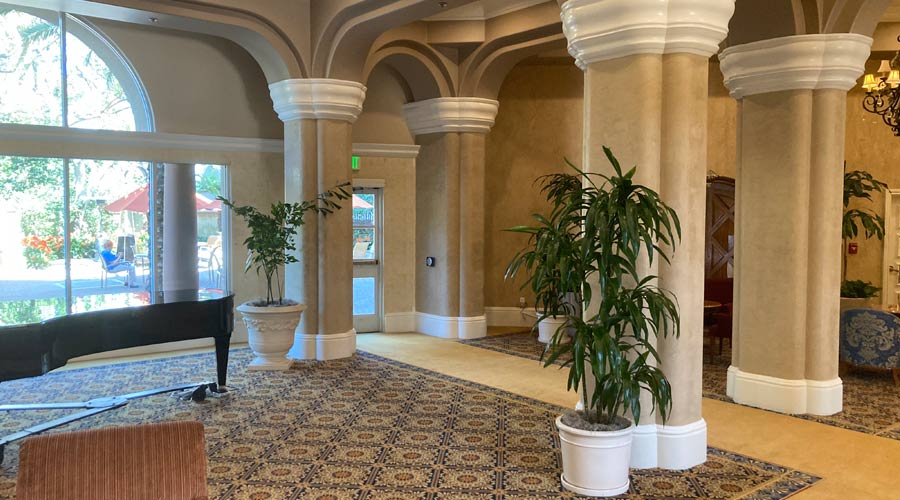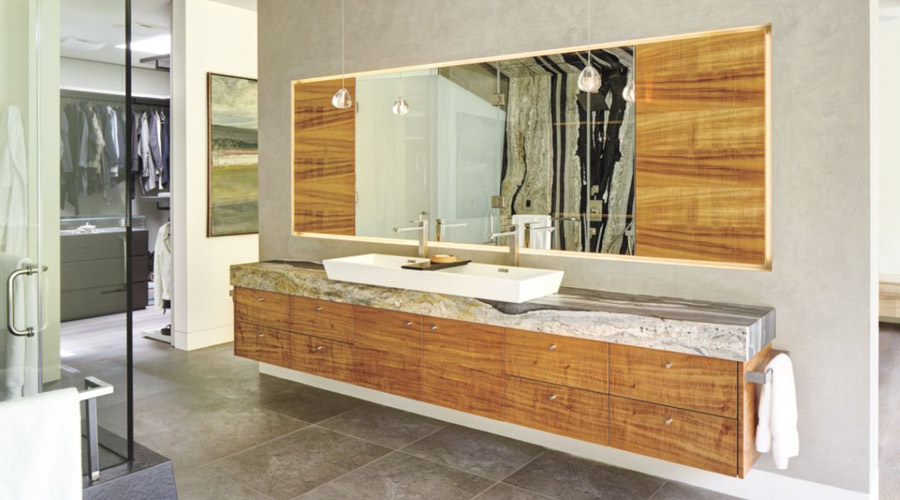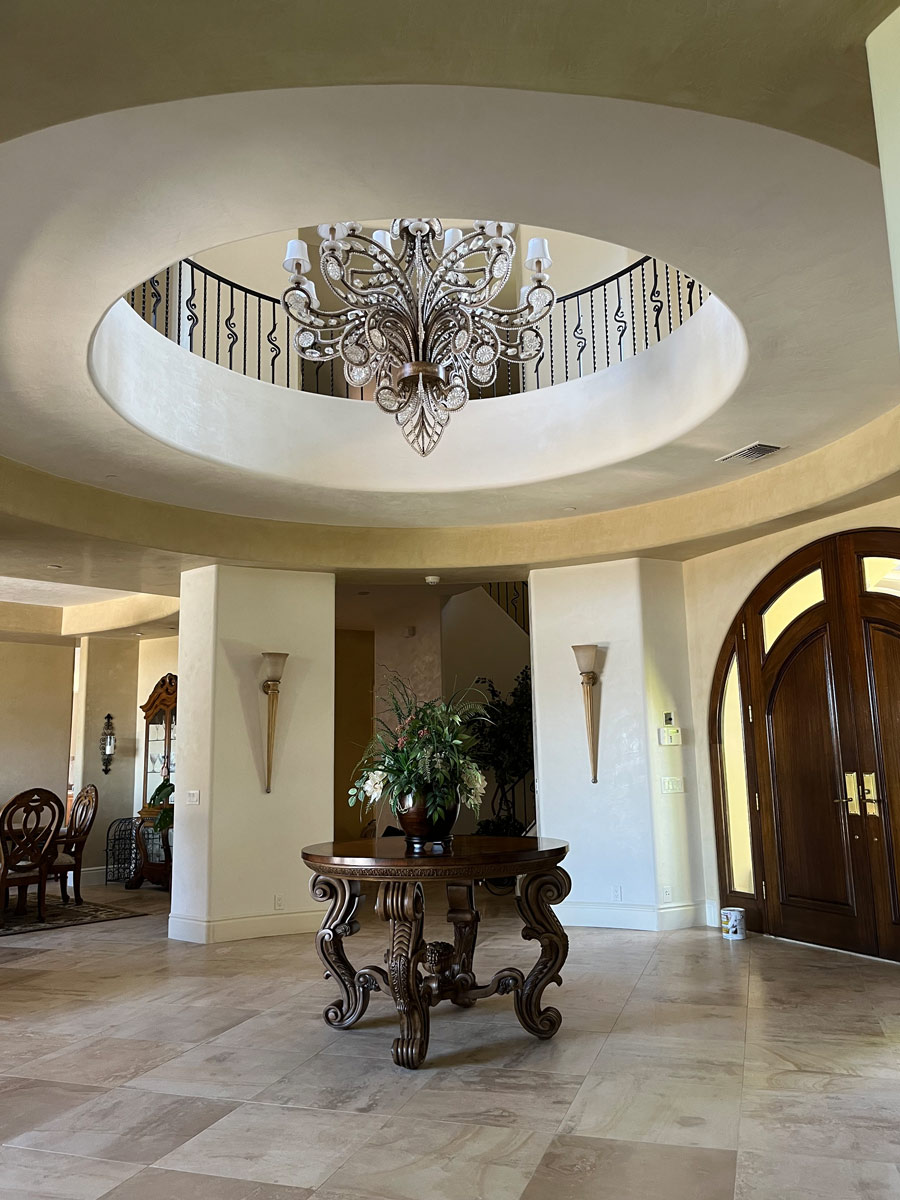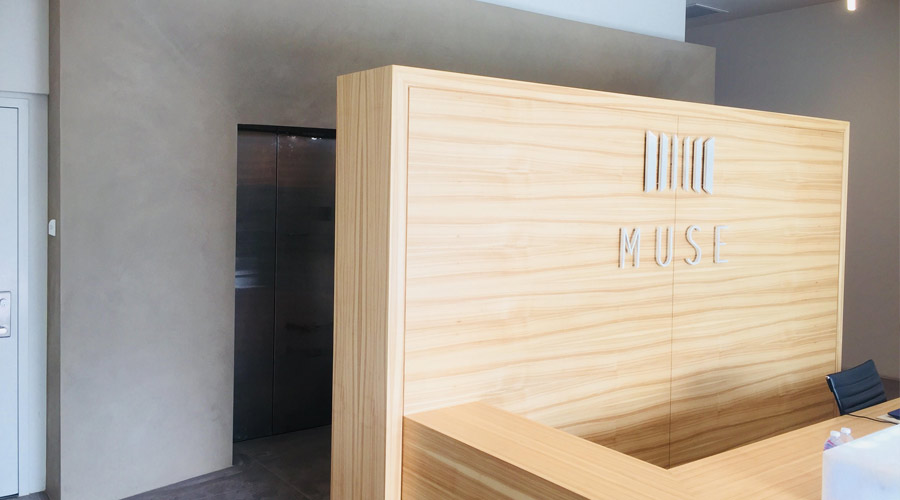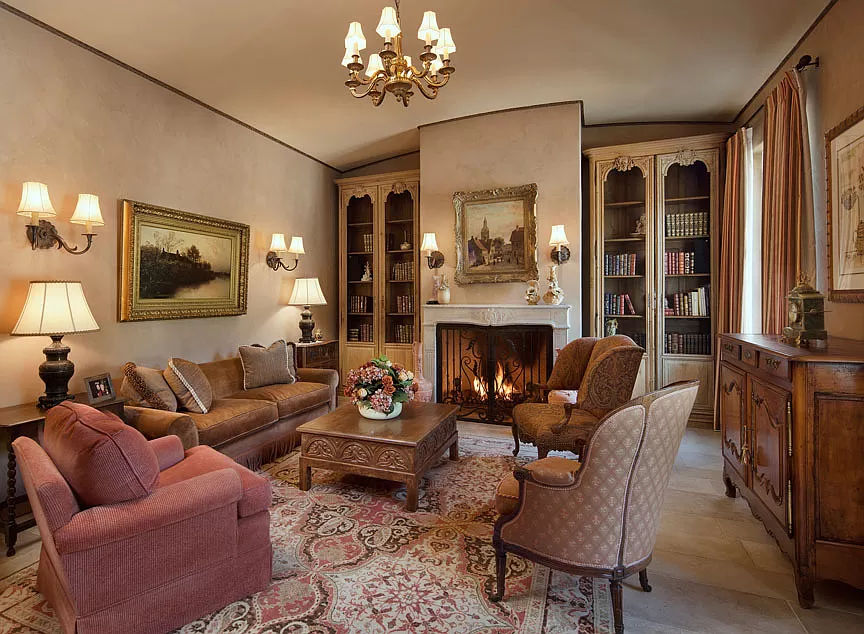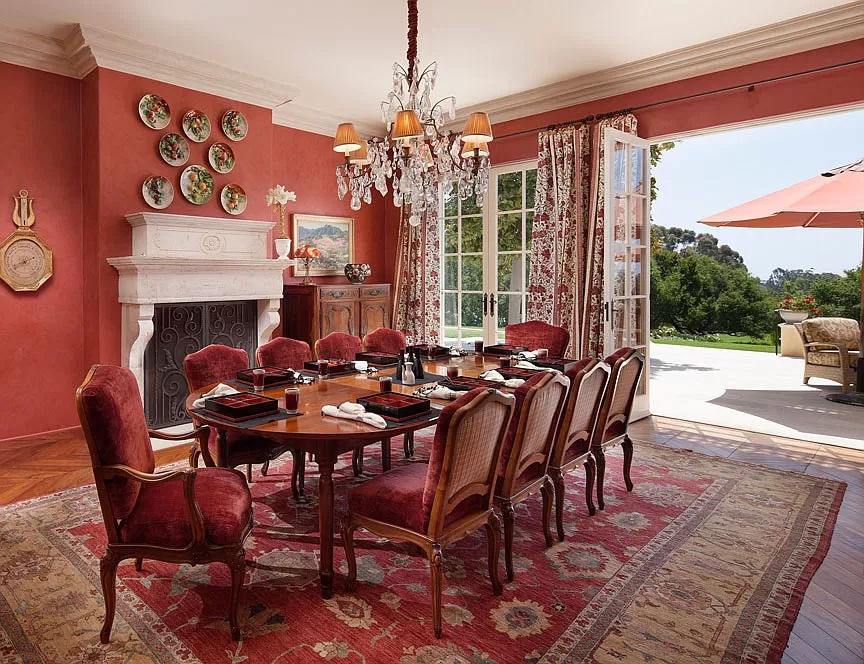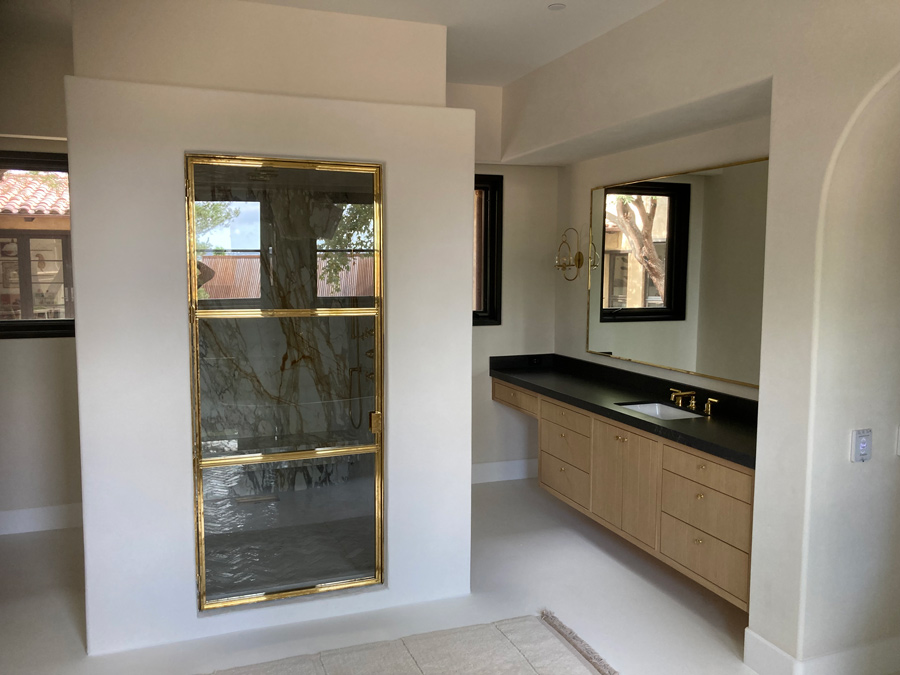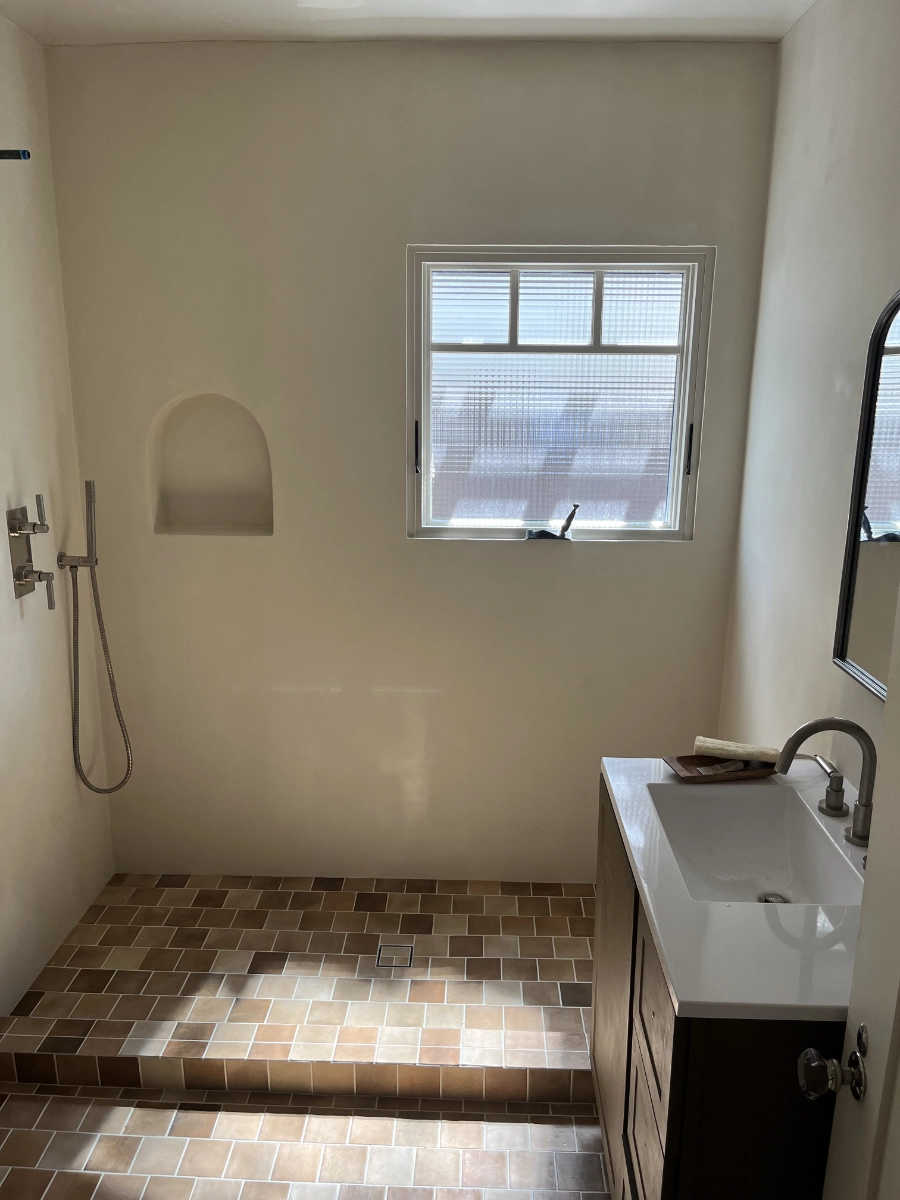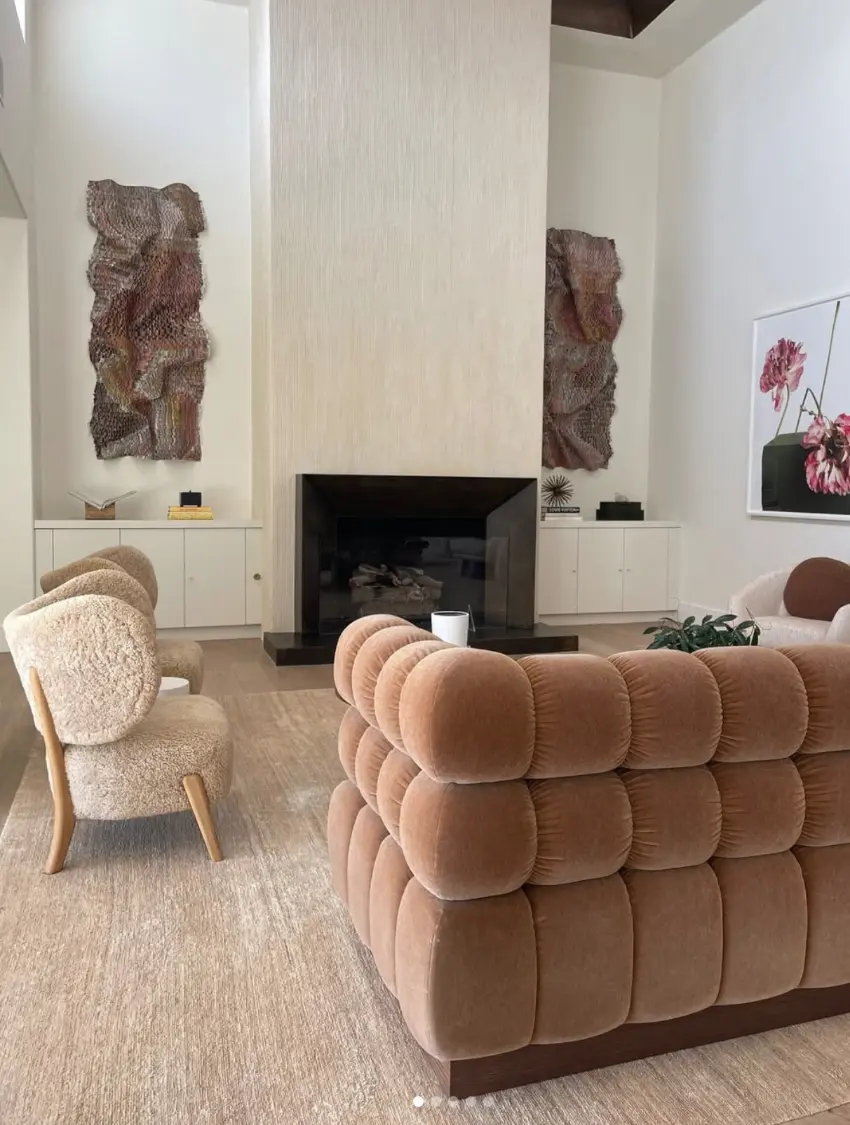San Diego Venetian Plastering, Limewashing, and Roman Clay
Venetian plaster is a unique finish that no paint technique can mimic; it produces a warmth and subtlety that is unmatched. This is partly due to the fact that Venetian plaster is hand-troweled on and then polished, creating a smooth, lustrous finish. When it is applied in thin layers, the ground up marble dust in the plaster creates translucency and gives the appearance of depth and “movement.” Viewed from different angles, Venetian plaster gives a glossy, mirror-like finish.
Venetian plaster is a unique finish that cannot be mimicked with any other product; it produces a warmth and richness that is unmatched. This is partly because, unlike paint, Venetian plaster is hand-troweled and then polished, creating a smooth, lustrous finish. Applied in thin layers, the ground-up marble dust in the plaster creates translucency and gives the appearance of depth and “movement.” Viewed from different angles, Venetian plaster can produce a glossy, mirror-like finish. There are also more matte-finish, rustic Venetian plasters that lend themselves well to classic Spanish and Italianate architecture.
For the past 8 years, we’ve also provided Tadelakt finishes for shower interiors, or other wet areas. Tadelakt is a smooth, waterproof plaster finish that is a great alternative to stone and tile. It provides a lustrous, modern warmth that is both unique and durable.
Technique and style in Venetian plaster application is very important for rendering a high quality, professional finish. For this reason, it is important that the installer has years of experience. Too often, when an unqualified person applies the plaster, the results are unsatisfactory. Septembre Studio has been applying Venetian plaster in homes, offices, and businesses for over 20 years. You are guaranteed professional results when you hire us.
General
What is Venetian plaster?
What is Roman Clay?
How are Venetian plaster and Roman Clay different?
Are these finishes safe and eco-friendly?
Yes. Both Venetian plaster and Roman Clay are non-toxic, low or zero VOC, and made from natural materials, making them safe for homes, businesses, and even nurseries.
Where can Venetian plaster and Roman Clay be applied?
They can be applied to most interior walls and ceilings. Venetian plaster is also suitable for bathrooms and other moisture-prone areas when properly sealed. Roman Clay is ideal for feature walls, bedrooms, and living spaces.
How long does the application process take?
Do I need to prime the wall first?
How durable are these finishes?
Is sealing necessary?
Can I choose the color and texture?
Absolutely. We offer a wide range of custom colors, sheens, and textures to match your design goals—from modern and minimal to rich and old-world finishes.


